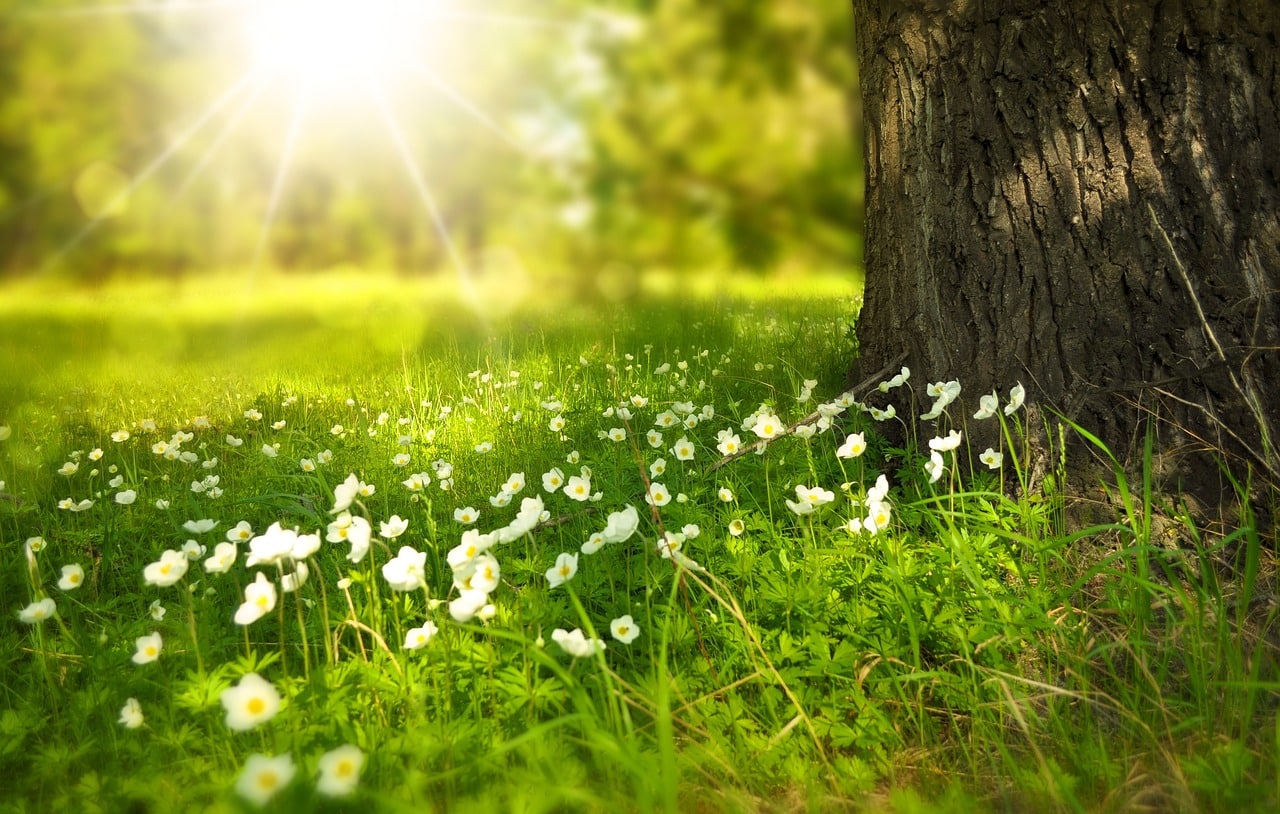Growing herbs indoors

Growing herbs indoors can be a convenient, efficient, and rewarding way to have a year-round supply of fresh herbs at your fingertips. Whether you’re a budding gardener or a seasoned green thumb, indoor herb gardening provides an opportunity to hone your skills in a manageable, comfortable environment. From bolstering your cooking with fresh flavors to purifying your indoor air, indoor herb gardens offer a multitude of benefits. Let’s explore the nuances of growing herbs indoors and how you can get started.
Choosing The Best Herbs To Grow Indoors
One of the first steps in starting an indoor herb garden is selecting which herbs to grow. There are a variety of factors to consider, from your culinary preferences to the specific growing conditions of your indoor space.
Dans le meme genre : Tips for an allergen-free home
Basil is a popular choice for indoor herb gardens because it grows well in containers and likes a lot of sunlight. Parsley is another herb that thrives indoors, as it is resilient and can tolerate lower light conditions. Cilantro, with its distinctive flavor, grows quickly and is ideal for indoor gardening.
Other good choices for an indoor herb garden include chives, oregano, and thyme. These herbs are relatively hardy and can adapt to various indoor conditions.
A découvrir également : Tips for saving water at home
When choosing your herbs, take into account your own personal cooking habits and tastes. It may be best to start with a few herbs and build your indoor garden gradually, as experience and confidence grows.
Setting Up Your Indoor Herb Garden
The next step in growing herbs indoors is setting up your garden. The good news is that it doesn’t require a massive amount of space to grow a successful indoor herb garden. A sunny windowsill, a spare corner, or even a wall-mounted planter can all become a thriving indoor herb garden with a bit of planning and effort.
All herbs need plenty of sunlight, generally between 6-8 hours a day. South-facing windows typically provide the most sunlight, but east or west-facing windows can also work. If you don’t have access to sufficient natural light, consider using a grow light to supplement.
Choose containers with good drainage to prevent waterlogged roots. Potting soil designed for herbs is the best choice because it provides the necessary nutrients and good drainage. Remember to water your herbs regularly, but don’t overwater. It’s better to let the soil dry out between waterings to prevent root rot.
Maintaining Your Indoor Herb Garden
Maintaining an indoor herb garden requires consistent care, but the rewards are worth the effort. Regular watering, pruning, and occasional repotting will keep your herb plants growing robustly and providing you with a fresh supply of herbal goodness.
One important aspect of maintaining your indoor herb garden is regular pruning. Pruning encourages bushier growth, resulting in more leaves for you to harvest. It’s best to start pruning when the plant is about 6 inches tall, cutting back about a third of the growth.
In addition, be aware of pests. Herbs grown indoors can still be susceptible to common pests like aphids or spider mites. Regularly check your plants for any signs of infestation and treat promptly with organic pest control methods.
Using Your Homegrown Herbs
The great reward of growing herbs indoors is, of course, using them. Fresh herbs can enhance the flavors of your meals, add fragrance to your home, and even serve as natural remedies for common ailments.
Using your homegrown herbs in cooking is incredibly simple. Most herbs can be used fresh, adding them towards the end of cooking to maintain their flavor. Some herbs, like oregano and thyme, can also be dried for use when your fresh supply has ended.
Beyond their culinary uses, herbs also have a long history as natural remedies. For example, peppermint tea made from fresh mint leaves can soothe digestion, and a sprig of rosemary can help improve memory and concentration.
Expanding Your Indoor Herb Garden
As you become more comfortable and successful with growing herbs indoors, you may want to consider expanding your indoor herb garden. You can experiment with new varieties of herbs, or perhaps even venture into growing your own vegetables or fruits indoors.
Growing more exotic or less common herbs can be a fun challenge. Examples include lemongrass, used in many Asian dishes, or Stevia, a natural sweetener. You can also try growing medicinal herbs like echinacea or chamomile.
Regardless of the size or scope of your indoor herb garden, the key is to enjoy the process. Gardening is a relaxing, rewarding hobby that can provide you with more than just fresh herbs—it can also offer a sense of accomplishment, a connection to nature, and a healthier lifestyle.
Enjoying the Benefits of Your Indoor Herb Garden
In time, you will begin to see the myriad benefits of cultivating your own indoor herb garden. Not only does it provide a constant supply of fresh herbs for your culinary adventures, but it also purifies your indoor air by absorbing toxins and releasing oxygen. Furthermore, tending to your indoor garden can be a therapeutic activity, offering a calming break from the hustle and bustle of everyday life.
Having an indoor herb garden may also stimulate your creativity in the kitchen. With a variety of herbs readily available, you can experiment with new recipes, spice up old favorites, and even explore making your own herbal teas and remedies.
There are also educational benefits, especially for children. Gardening is a great way to teach them about nature, responsibility, and the joy of growing their own food. Plus, herbs are quite resilient, making them ideal for beginner gardeners of any age.
Conclusion: The Joy of Indoor Herb Gardening
In conclusion, indoor herb gardening is a worthwhile pursuit for both novice and experienced gardeners. It is relatively easy to begin, doesn’t require a lot of space, and offers a bounty of benefits, from enhancing your meals to improving your indoor air quality.
Remember to choose your herbs based on your personal tastes and consider the specific growing conditions of your indoor space. Set up your garden in a sunny spot, use containers with good drainage, and select potting soil designed for herbs. Regularly prune and water your plants, but be cautious not to overwater.
As your confidence and skills in indoor herb gardening grow, don’t be afraid to experiment with new types of herbs or perhaps even venture into growing your own fruits and vegetables indoors. Above all, enjoy the process. Tending to your indoor herb garden should be a relaxing, enjoyable experience that connects you with nature, even within the confines of your home.
By embracing indoor herb gardening, you’re not only growing your own fresh herbs but also cultivating a healthier, more sustainable lifestyle. Enjoy the journey and the many rewards it brings.
